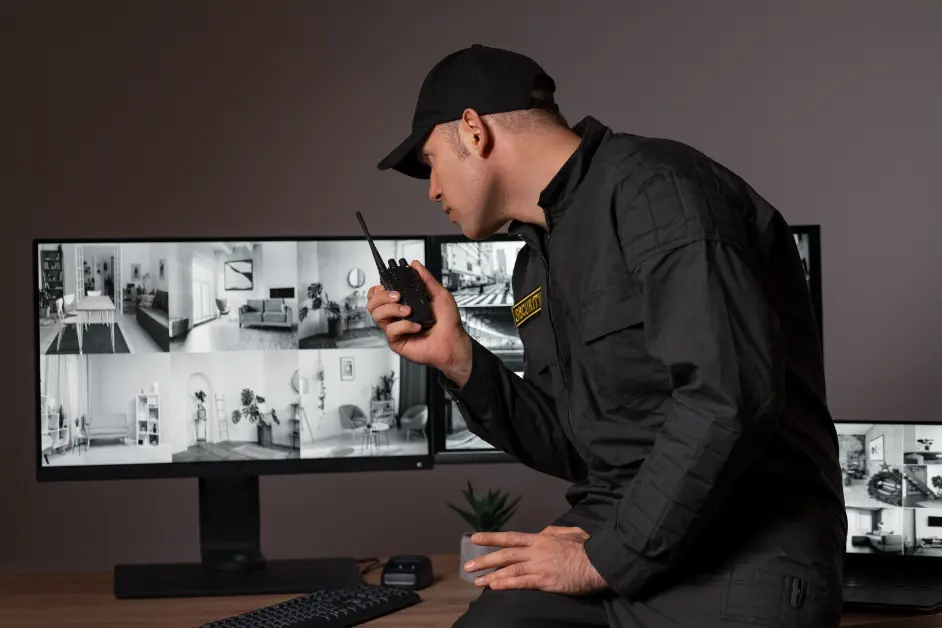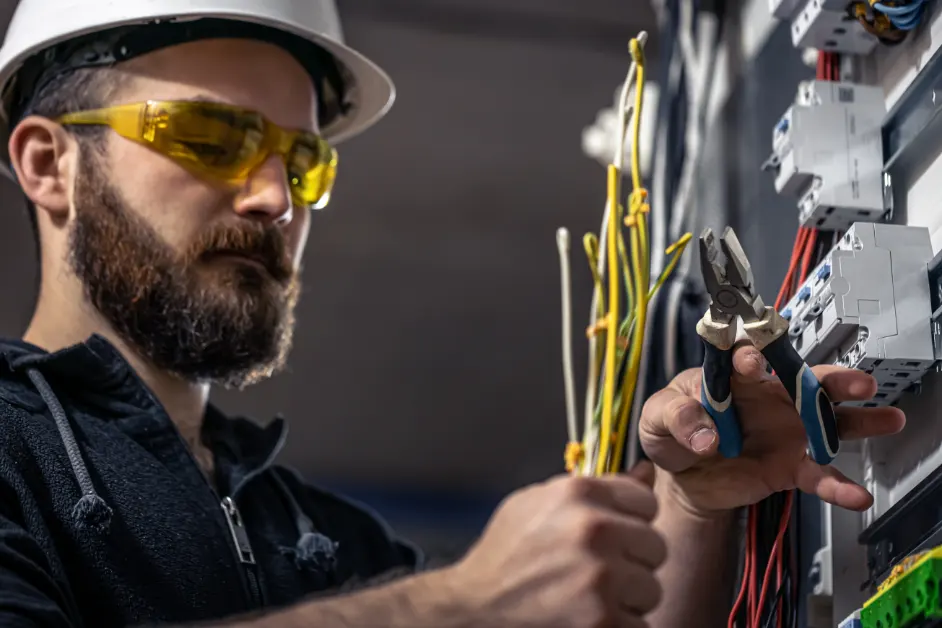In a world where safety and security are more important than ever, CCTV (Closed-Circuit Television) systems have emerged as one of the most effective tools in preventing and reducing crime. From homes and schools to businesses and public spaces, CCTV has become a silent yet powerful guardian—monitoring, deterring, and providing critical evidence when needed.
But how exactly do CCTV systems help prevent crime? Is their presence alone enough to deter wrongdoers? Or is it the combination of surveillance, visibility, and accountability that makes them so effective?
Let’s explore how CCTV systems contribute to crime prevention, backed by real-world examples, psychological insights, and practical considerations.
1. Visibility as a Deterrent: The Power of Being Watched
The most immediate way CCTV prevents crime is through visible surveillance. When people know they’re being watched, they’re less likely to commit unlawful acts. This isn’t just speculation—it’s rooted in psychology.
Studies have shown that criminals often target areas where surveillance is low and the chances of being caught are minimal. When cameras are visible, especially with warning signs, they serve as a psychological barrier to potential offenders.
Real-Life Example:
Many retail stores report a noticeable drop in shoplifting after installing visible cameras. Even dummy cameras or signs indicating surveillance have been found to reduce theft and vandalism.
2. Round-the-Clock Monitoring and Rapid Response
Modern CCTV systems aren’t just passive recorders—they enable real-time monitoring. This allows security personnel or law enforcement to respond quickly to suspicious activity before it escalates into a crime.
For example, in parking lots or urban streets monitored by CCTV, authorities can be alerted to:
Unauthorized access
Suspicious behavior
Trespassing
Vehicle break-ins
With some systems integrated with motion detection, alarms, or AI-powered alerts, the response time is dramatically improved, preventing crimes in progress.
3. Gathering Evidence for Investigations
While prevention is ideal, not all crimes can be stopped before they happen. In such cases, CCTV footage plays a critical role in post-incident investigation. It helps in:
Identifying suspects
Verifying witness accounts
Establishing timelines
Supporting legal proceedings
Law Enforcement Use:
Police departments frequently use CCTV footage to investigate assaults, robberies, traffic incidents, and vandalism. In many cases, video evidence has led to arrests, convictions, and justice for victims.
4. Reducing Employee Theft and Workplace Misconduct
Businesses often face internal threats—such as employee theft, fraud, or misconduct. Installing CCTV cameras in workplaces, especially in cash-handling or inventory areas, helps reduce such incidents significantly.
When staff know that actions are recorded:
There is greater accountability
Honesty and professionalism increase
Workplace disputes can be resolved objectively
This isn’t about creating a culture of fear—it’s about building a safe, transparent work environment.
5. Protecting Public Spaces and Community Safety
Cities around the world are investing in public surveillance systems to improve community safety. CCTV cameras are now standard in:
Transportation hubs (bus stations, airports, train platforms)
City streets and intersections
Public parks and gathering places
These systems are monitored by public safety officers and have led to major improvements in:
Traffic management and violation control
Crowd monitoring during events
Faster response to emergencies or crimes
Public CCTV creates a sense of order and safety—encouraging people to frequent public areas without fear.
6. Supporting Crime Reduction Through Smart Technology
Today’s CCTV systems are much more advanced than they were a decade ago. With the integration of AI (Artificial Intelligence) and smart analytics, surveillance has moved from passive observation to active crime prevention.
Modern features include:
Facial recognition for identifying known criminals
License plate recognition (LPR)
Motion detection and behavioral pattern analysis
Real-time alerts sent to mobile devices or authorities
With these tools, it’s possible to spot threats before they turn into incidents, especially in high-security environments like airports, stadiums, or sensitive government facilities.
7. Creating a Culture of Responsibility
One often overlooked benefit of CCTV is how it shapes behavior. When people know they are being watched—not just criminals, but everyone—they tend to be:
More respectful of rules
More mindful of their surroundings
Less likely to engage in risky behavior
This is particularly useful in schools, hospitals, and offices, where CCTV can contribute to a culture of respect and order, preventing bullying, abuse, or harassment.
8. Home Security: Peace of Mind and Crime Reduction
CCTV isn’t just for public spaces or businesses—it’s becoming a must-have for homeowners.
Residential CCTV systems:
Deter break-ins and burglaries
Allow remote monitoring through mobile apps
Help verify package deliveries or visitors
Offer evidence in case of disputes with neighbors or service providers
In fact, studies in the UK and US show that homes with CCTV are significantly less likely to be targeted by burglars, especially if cameras are clearly visible.
9. Insurance Benefits and Risk Mitigation
Many insurance providers offer discounts on premiums for properties with CCTV systems. Why? Because surveillance reduces the likelihood and severity of:
Theft
Vandalism
Fraudulent claims
Additionally, if an incident does occur, CCTV provides undisputable proof, helping both the insured and the insurer settle claims fairly and quickly.
10. Limitations and Legal Considerations
While CCTV is a powerful tool, it’s important to use it responsibly and legally. In many countries, laws require:
Informing people that they are being recorded
Avoiding surveillance in private areas (like bathrooms or changing rooms)
Proper data protection and storage policies
Respecting privacy and following surveillance regulations builds public trust and ensures your CCTV use is ethical and effective.
Conclusion: Not Just Cameras—Peace of Mind
CCTV systems are far more than just electronic eyes. They are crime deterrents, evidence gatherers, behavior influencers, and peace-of-mind providers. Whether installed in a family home, a corner shop, or a busy downtown square, CCTV has a measurable impact on reducing crime and increasing safety.
As technology continues to evolve, the future of CCTV looks even more promising—with smarter, faster, and more intuitive systems that not only record what happened, but help prevent it from happening at all.
If you’re considering investing in security, CCTV is one of the most effective and trusted solutions available today.
Contact us at TMTVTS Tech Mech technical training school in Pakistan to get enroll in CCTV.





